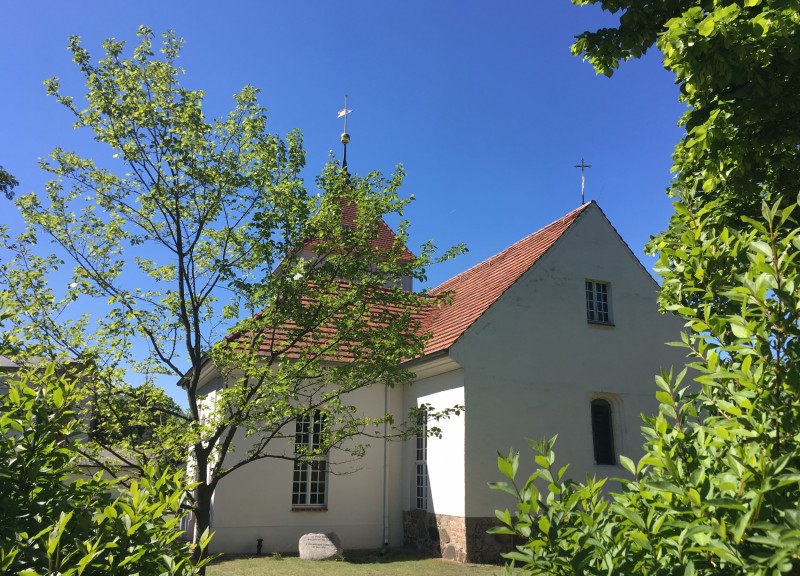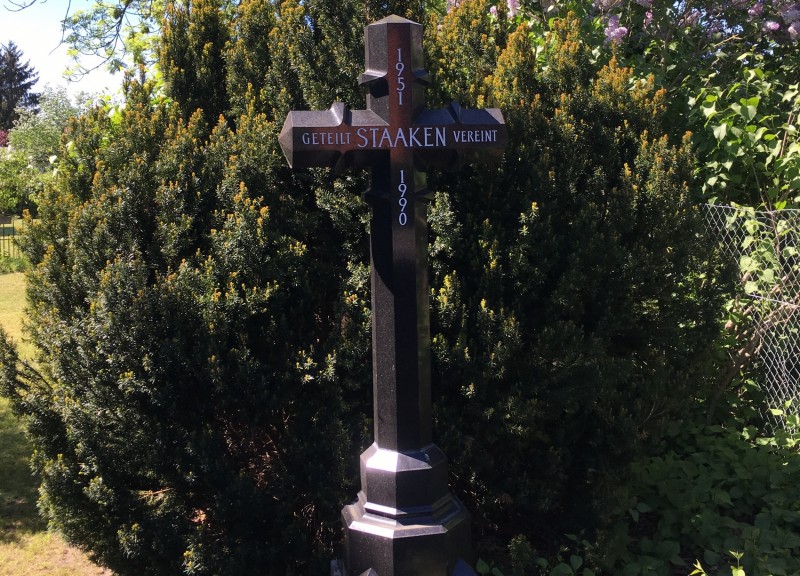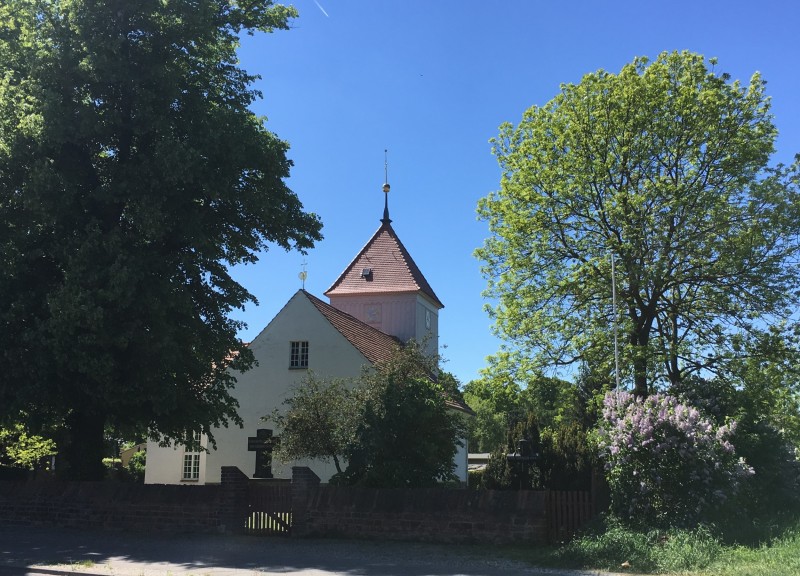Fort Hahneberg
Once a fortress, today a haven for bats



If you follow the Berlin Wall Trail, when you come to the district of Staaken you’ll come across a symbol from the time when Spandau was divided between two countries: the village church of Alt-Staaken.
The history of the church can be traced back to the 14th century. At the end of the Second World War, the western part of Staaken was placed under Soviet occupation as part of a territorial exchange. The church experienced particularly eventful times from 1951 onwards, when its ground still officially belonged to Greater Berlin but was transferred to East German administration. In 1971 this part of Staaken officially became a municipality of the GDR. The district of Staaken was thus divided by a border, and that included the church. After the Berlin Wall was built in 1961, the village church was surrounded by GDR border installations until reunification. While residents of West Berlin were not allowed to visit the church, it continued to serve as a community centre for citizens of West Staaken (then part of the GDR).
Today, almost 30 years after the wall came down, the church is open to all visitors again. Sleepy and picturesque in its blossoming garden, there is hardly any sign that it used to be in the border zone.
Inside you can admire the mural entitled “Reconciled Unity”. Designed by the artist Gabriele Mucchi (1899 – 2002), it was completed by the Berlin painter Joachim Bayer. It shows the crucified Jesus Christ, surrounded by twelve personalities of the 16th century (including Nicolaus Copernicus, Erasmus of Rotterdam and Martin Luther) symbolising the Reformation and Counter-Reformation. Its message is to spread hope and help overcome division.
Hauptstraße 12, 13591 Berlin